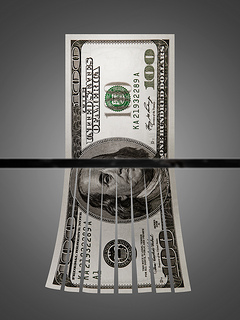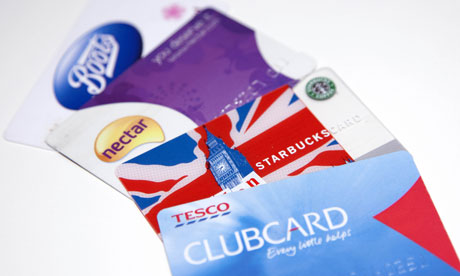There is much uncertainty around Coronavirus and the impact it will have on brands and retailers. Each week we seem to see a new trend. We’ve seen shoppers spin from fighting over toilet rolls to staying home and relying on home delivery take-outs and local stores. And while it is difficult to predict which of these trends will stick and which will pass, there are a number of data points which should give us cause for concern. A fact: shoppers brand purchase habits were disrupted. Fact: Shoppers store choice was disrupted. Fact: many shoppers have stuck with their new choices. And if you are in retail or consumer goods marketing or sales – this is something you really need to think about. Coronavirus will have a big impact on brand loyalty. When habits are broken, loyalty is disrupted. Many brands and stores are in for a really scary future! And we need to create new plans – arguably the most important business plans we’ve created for a decade or more. But how?
What do we mean by brand loyalty?
The problem with loyalty is that it is a loaded word and difficult to measure. Loyalty as a word is thrown about blithely by marketers around the world, yet what do we mean? Loyalty in its traditional sense is a beautiful measure – it suggests a strong emotional bond that means I’ll stay with this brand no matter what. But what we actually measure is behavior. How often people switch, or what share of throat our brand has. But that isn’t the same thing. Because switching (or lack thereof) and share of throat could be down to unswerving loyalty. Or it could simply be down to habit.
Brand loyalty, or habit?
And this gets even trickier. Because even a shopper or a consumer finds it hard to explain the difference between loyalty and habit. Why do you buy something or use something? Think about it. How much of it is based on the fact that you simply love this brand or store more than anything else? How much of it is based on a fact-based analysis of all the alternatives? And how much is based on just what you normally do?
Coronavirus has disrupted habits
Coronavirus has disrupted the way we behave as consumers and shoppers. Fact. In a recent report from McKInsey on Food retail in Asia (relevant in particular because China, South Korea and some other parts of Asia are further ahead in the Covid 19 experience than most countries) we can see what Coronavirus has done, and what it might do to loyalty.
- Up to 50% of shoppers switched from their usual primary store. Up to 50% of those didn’t switch back. That is a potential of up to 25% of shoppers switching their primary grocery store!
- Up to 70% of shoppers have tried a new brand. Up to 20% of those haven’t switched back
So with some simple math, it is possible that up to 25% of shoppers have permanently switched their primary grocery store. And up to 14% of shoppers have switched brands and are sticking to their new choice!
This is supported by data from the US which suggests a similar picture: for example over 70% of shoppers who had tried a new brand weren’t planning on switching back. The report also suggests that in many categories, private label has been a major benefactor.
How much has Coronavirus disrupted your target consumers and shoppers
That is scary! Sure, there are clearly some winners in there, and there will also be some losers. My betting is that with the addition of private label into the mix, private label will be a big winner, which means many brands will lose.
The reality is that most brands will have lost some of their core consumers and shoppers. And most retailers will have too (of course many brands and stores might have gained some too). Therefore a key task must be to understand those shoppers:
- Which shoppers have switched stores and brands?
- Which of these are important to us to win back? (remember not all shoppers and consumers are of equal value)
- Where do they shop now?
- What activity is likely to persuade them to return to the brand?
- What has happened to the relative importance of different channels and stores?
- What impact does that have on my brand, my sales, and my profit?
Brand loyalty: promotions aren’t the answer
In this we need to be careful. We should aim to resist trying to win back shoppers with promotions alone. A shopper that can only be won with a price deal is of low value. Now is the time we need to be creative, to be insightful, and consider how best to create a powerful shopper marketing mix in the right channels to win back high value shoppers.
We need a better way of planning
This is going to require more than simply rebooting our promotional campaigns as soon as we can. It is going to require us to develop arguably the most important business plans we have done for a decade or more. So much change, so much at stake – we need to develop integrated plans, that consider significant changes in consumers, shoppers and retail. And we need to do that fast. It is clear that our usual annual planning process is no longer fit for purpose. We need something more agile, less dependent on what we did last year, and something that we can do fast.
This isn’t easy. It is a challenge for us all. If you want to know more about exactly how you can create new plans quickly that you can implement immediately, get in touch now.
This post was updated on the 27th May to reflect new shopper research data from the US.







